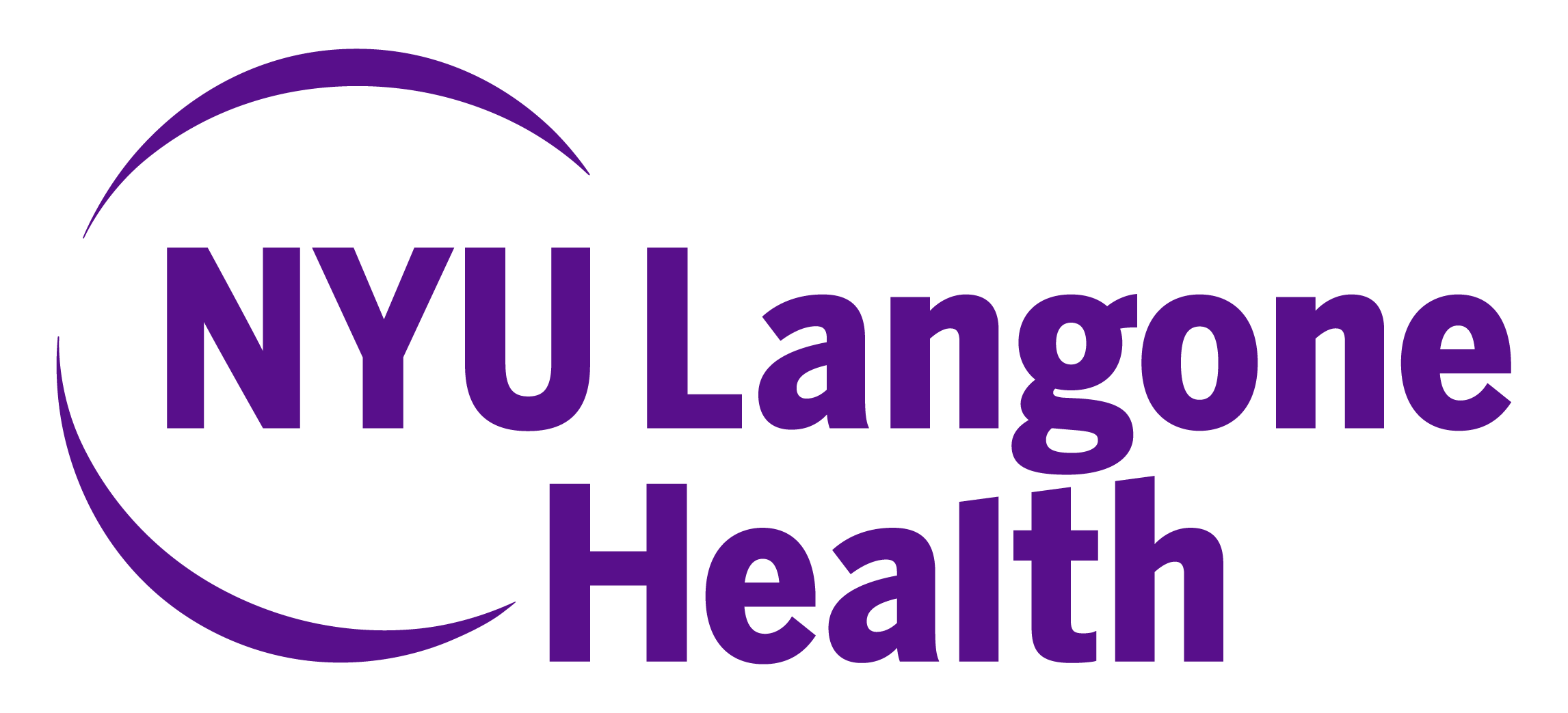- Advertise
- About OncLive
- Editorial Board
- MJH Life Sciences brands
- Contact Us
- Privacy
- Terms & Conditions
- Do Not Sell My Information
2 Clarke Drive
Suite 100
Cranbury, NJ 08512
© 2025 MJH Life Sciences™ and OncLive - Clinical Oncology News, Cancer Expert Insights. All rights reserved.
Nab-Paclitaxel Explored as Adjuvant Therapy in Pancreatic Cancer
While the combination of gemcitabine and nab-paclitaxel (Abraxane) has demonstrated survival benefits for patients with metastatic pancreatic cancer, oncologists are interested in knowing whether the regimen will transfer well into the adjuvant setting
Francis P. Arena, MD
Director, NYU Langone Arena Oncology
Clinical Associate Professor
NYU Langone Medical Center
New York, NY
Ramesh K. Ramanathan, MD
Medical Director
Virginia G. Piper Cancer Center Clinical Trials at Scottsdale Healthcare
Deputy Director, Translational
Research Division at TGen
Scottsdale, AZ
While the combination of gemcitabine and nab-paclitaxel (Abraxane) has demonstrated survival benefits for patients with metastatic pancreatic cancer, oncologists are interested in knowing whether the regimen will transfer well into the adjuvant setting, according to experts who participated in an OncLive Peer Exchange® roundtable.
The phase III Apact trial will evaluate the efficacy of nab-paclitaxel in combination with gemcitabine versus gemcitabine alone in patients with ductal pancreatic adenocarcinoma who have undergone surgery but not prior neoadjuvant or radiation therapy for the malignancy (Figure).1 Eligibility criteria for the trial, which seeks to enroll 800 participants, includes patients whose tumors are staged as T1-3, N01, M0. Patients with neuroendocrine and mixed-type tumors are excluded.
“The hope is, I think, that gemcitabine—Abraxane can do the same thing as what we saw in metastatic [settings],” said Francis P. Arena, MD, director of NYU Langone Arena Oncology and an associate professor at NYU Langone Medical Center in New York City. “We’re just about to start that trial, and I’m excited about it because we need to make a dent in this.”
Arena was among the panelists who discussed treatment settings for nab-paclitaxel and other therapies during a Peer Exchange session entitled “Current Therapeutic Advances in Metastatic Pancreatic Cancer.”
MPACT Data Stir Interest
The rationale for the phase III study stems from the results of the MPACT trial, which led to the approval of the combination in the metastatic setting in September 2013. The MPACT trial showed that the nab-paclitaxel regimen improved the median overall survival (OS) benefit offered by gemcitabine alone by 28%.2
In the MPACT trial, 861 patients with stage IV pancreatic cancer who had undergone no prior treatment for metastatic disease were randomized to nab-paclitaxel 125 mg/m2 followed by gemcitabine 1000 mg/m2 (n = 431), or to gemcitabine alone (n = 430). Patients were treated until their disease progressed, with computed tomography scans performed every 8 weeks.
The median OS was 8.5 months in the combination arm, compared with 6.7 months for gemcitabine alone (HR = 0.72; P <.0001), while the median progression-free survival for the nab-paclitaxel arm was 5.5 months versus 3.7 months for the gemcitabine group (HR = 0.69; P <.001).3 The Peer Exchange panelists also said the regimen was well tolerated. The most frequently reported hematologic adverse events (AEs) of grade ≥3 severity in the combination arm compared with the monotherapy arm were neutropenia (38% vs 27%), leukopenia (31% vs 16%), thrombocytopenia (13% vs 9%), and anemia (13% vs 12%).2 Fatigue (17% vs 7%) and peripheral neuropathy (17% vs <1%) were the most frequent nonhematologic AEs.
Moving to the Adjuvant Setting
Even though physicians were using the nab-paclitaxel/ gemcitabine regimen in the metastatic setting before the FDA approval based on clinical trial results, the experts were hesitant to recommend the combination in the adjuvant setting without further study. “I think there’s a temptation to do that . . . [because] after surgery, the recurrence rate is extraordinarily high,” said Ramesh K. Ramanathan, MD, medical director of the Virginia G. Piper Cancer Center Clinical Trials at Scottsdale Healthcare and deputy director of the Translational Research Division at TGen. “The reason I would hesitate to use it off a clinical trial is what we have seen in other areas.”
Ramanathan cited several examples in colon cancer where regimens that proved effective for patients with metastatic disease faltered when moved earlier in the treatment timeline to adjuvant settings.
The panelists agreed that new strategies are needed for patients with pancreatic cancer. About 20% to 25% of those diagnosed with the tumor type are candidates to undergo a Whipple procedure (ie, pancreaticoduodenectomy), Arena said. While this procedure extends survival, the recurrence rate following surgery is up to 85% within 2 years. Arena also noted that the 5-year survival rate for patients with pancreatic cancer is only about 5%. “This is not just an academic question,” said Arena. “It’s a reality.”
Figure. Adjuvant Nab-Paclitaxel Apact Trial
IV indicates intravenous.
Source: NIH Clinical Trials Registry, www.clinicaltrials.gov. NCT01964430
References
- NIH Clinical Trials Registry. www.ClinicalTrials.gov. NCT01964430.
- Von Hoff DD, Ervin T, Arena FP, et al. Increased survival in pancreatic cancer with nab-paclitaxel plus gemcitabine [published online October 16, 2013]. N Eng J Med. 2013;369(18):1691-1703.
- Abraxane [prescribing information]. Summit, NJ: Celgene Corporation. Updated October 2013. Accessed May 2, 2014.


